02 Nov 5 Onboarding Strategies To Reduce Employee Turnover
The employee onboarding process is crucial for retaining employees after the first 90 days. During the first three months at a job, about 1 in 3 workers would leave it without having another job lined up, according to recruiting firm Jobvite.
However, an effective onboarding process can help employees be excited and engaged, which helps prevent turnover. Due to this, companies should start to change how the onboarding process is viewed. Some employee turnover will be natural at any organization, but taking some simple steps may help reduce the number of employees looking to leave.
This blog explores ways to adjust the onboarding process to potentially reduce employee turnover. You can also read this blog to see what key elements Byars|Wright’s Onboarding Team believes ensure a successful process.
Here are some workplace strategies you can use to improve your onboarding process.
An employee’s onboarding experience is crucial! It accustoms them to the workplace culture. Therefore, the strategy must focus on the employee as a whole. The following five onboarding tips aim to help reduce the employee turnover rate.
1. Be Prepared.
Throwing together a last-minute onboarding process or having nothing arranged for a new employee can make them feel unwelcome. Having aspects of onboarding such as login information, database access, technology setup and account access are good things, if applicable, to have ready before a new employee starts their onboarding.
Make sure that your HR team is ready for the new employee and anticipating helping them enroll in your employee benefits as well. Review the common and costly HR and Employee Benefits mistakes to avoid listed in this blog post here to get started.
2. Build a Sense of Community.
The feeling of isolation can be amplified for new hires. Building new relationships is crucial to integrating new hires into the workplace, so they feel a sense of belonging. As you know, we believe relationships matter, so this is an important piece of the puzzle for us.
During their first year, employers can identify a key group of people that the employee can connect with for them to be successful. This group can include supervisors, direct reports and internal or external relations. Employees are more likely to stay on board if they have a productive and positive first year.
3. Define Employee Success.
It’s common for new hires to feel a lot of pressure when first starting. Employers should create specific expectations for new employees to avoid a new employee comparing their new career to previous ones. Managers can communicate expectations from day one, including accountabilities, boundaries around authority and any available resources. Defining these boundaries and expectations for an employee can help the worker onboard into company culture quicker and understand where their boundaries lie.
4. Know Your Turnover Rate.
Onboarding can be the start of success in an organization, so it is important to establish key metrics. Studies find that around 25% or more of employees could leave in their initial months, but this number can vary depending on an organization’s onboarding. However, to improve employee retention, employers need to know their turnover metrics to benchmark their current state and measure onboarding improvements.
Some factors to consider when onboarding different employees include the amount of information you’re giving employees at once, in-person versus virtual onboarding and how to provide a sense of inclusion.
5. Be Flexible.
Flexible work options are a critical factor in why many employees either stay or leave a workplace. If the new employees are remote or hybrid, the onboarding process should be conducted similarly. When onboarding an employee, it’s critical to consider their overall experience.
Besides flexible work options like hybrid or remote work, you may want to consider what non-traditional benefits your Employee Benefits Program could include to help attract and retain employees. Do you have employee incentive programs? Consider what positive effects or challenges incentive programs may have. Click here to read more about that!
For more tips on improving your onboarding process or updating your Employee Benefits Programs, contact us today.


